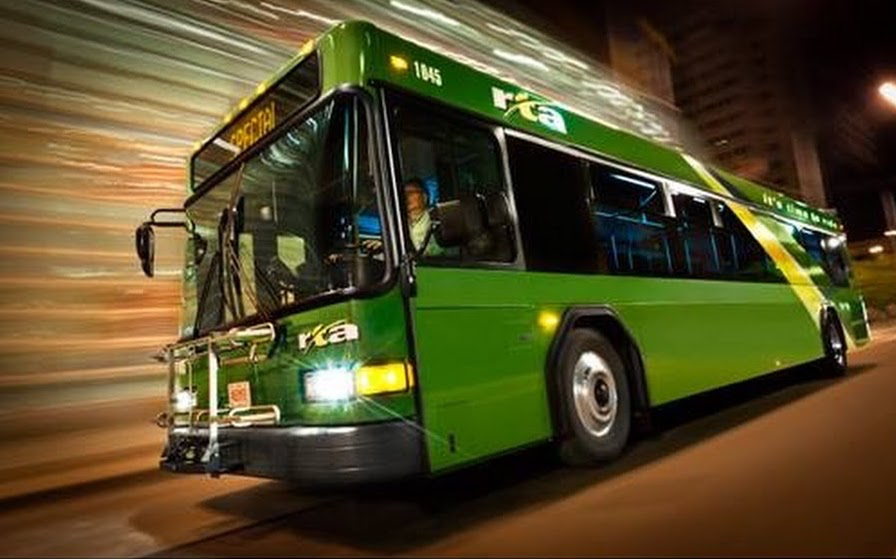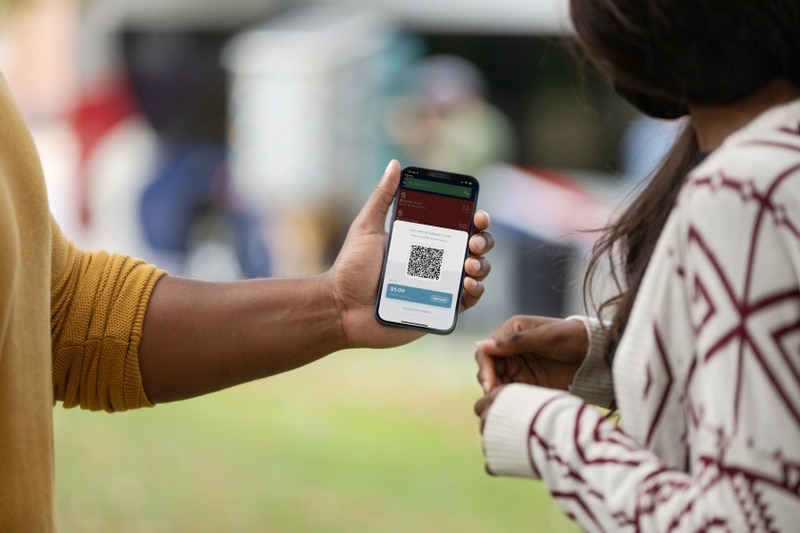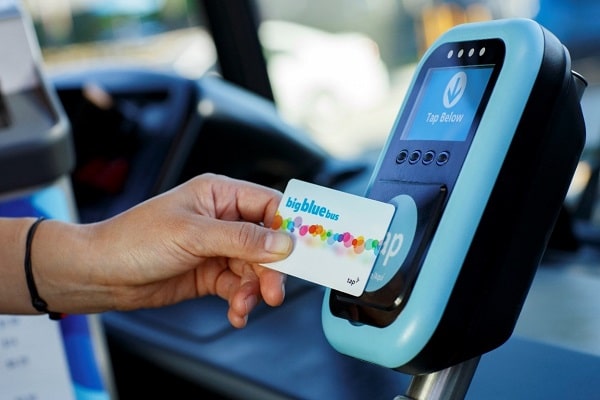
Article Highlights
The Greater Dayton RTA plans to rid its buses and other transit vehicles of cash by Nov. 1, a move that has proved difficult for transit agencies in North America. It says a phased approach and quick customer take-up of its electronic payments options will allow it to hit the goal.
• Graphic: Timeline of Greater Dayton RTA’s cashless journey
• Chart: Fare payments by type
(Updated case study): The chief customer and business development officer for the Greater Dayton Regional Transit Authority in the U.S. told Mobility Payments that a phased approach in rolling out electronic payments and quick customer adoption has enabled the agency to get close to its goal of eliminating cash on board its vehicles.




















